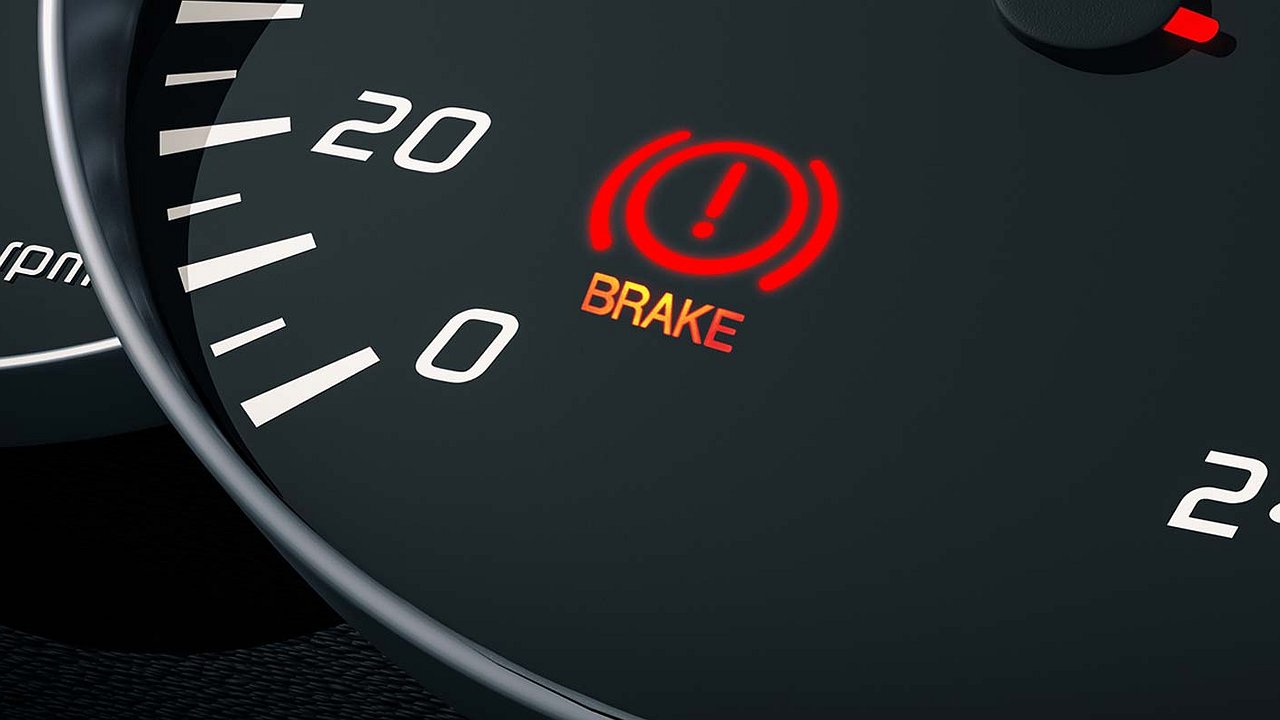Checking brakes: a simple action that many drivers forget
- April 4, 2023
- 0
Spring is the time for trips outside the city and active use of the car. A lot of things have accumulated during the winter, and the cottage is
Spring is the time for trips outside the city and active use of the car. A lot of things have accumulated during the winter, and the cottage is

Once the thermometer passed the “spring” mark, the roads became particularly busy. After all, someone prefers not to drive their own car at all in winter, someone travels by public transport during snowfall and severe frost. So they “crawled out”: dry asphalt, stable “plus”, pleasant weather. The annual garden barbecue season is coming – the Friday traffic jams will soon begin.
And spring is also a time when speeds rise sharply. Allergies, the “silent band” effect and vitamin deficiency work “miracles”. So, in order not to spoil your mood with an unscheduled visit to the coachbuilder – it is now an expensive pleasure – you need to inspect the braking system.
It is believed that for this it is enough to go in a circle around the car and check the temperature of the wheels: wedge – not a wedge. A useful occupation, but the “devil”, as a rule, hides in a completely different place. Under the hood.
The main “driving force” of the caliper, as you know, is the brake fluid. And here it is important to remember that it is hygroscopic, that is, it absorbs water. Once the volume of H2O exceeds 3%, the “slurry” begins to boil. And it must be replaced, otherwise there will simply not be enough force to press the brake pedal at the right time.
Question: and how do you check this without having special equipment at hand? Going to the service? No, everything is much simpler: you only need a multimeter, which can be easily found at a neighbor’s or in your own trunk. We transfer the device to the voltmeter mode and proceed to the tests.
The physics of the process is simple: the more water in the “brake”, the higher the conductivity. Therefore, you need to get a reference point and then measure the “fluid” that is now in the brake reservoir. Poured from a sealed bottle, the new TJ reads eight volts, while the “red line” reads 10 volts. You must of course measure in a container, for example in a plastic cup.
So, we take out the “brake” from the tank (we use a syringe), after which we throw one terminal of the multimeter to ground, and the second into a glass. If more than ten are displayed on the screen, feel free to change the fluid. And don’t hesitate to seem like a reinsurer – life and health are more expensive.

Once the thermometer passed the “spring” mark, the roads became particularly busy. After all, someone prefers not to drive their own car at all in winter, someone travels by public transport during snowfall and severe frost. So they “crawled out”: dry asphalt, stable “plus”, pleasant weather. The annual garden barbecue season is coming – the Friday traffic jams will soon begin.
And spring is also a time when speeds rise sharply. Allergies, the “silent band” effect and vitamin deficiency work “miracles”. So, in order not to spoil your mood with an unscheduled visit to the coachbuilder – it is now an expensive pleasure – you need to inspect the braking system.
It is believed that for this it is enough to go in a circle around the car and check the temperature of the wheels: wedge – not a wedge. A useful occupation, but the “devil”, as a rule, hides in a completely different place. Under the hood.
The main “driving force” of the caliper, as you know, is the brake fluid. And here it is important to remember that it is hygroscopic, that is, it absorbs water. Once the volume of H2O exceeds 3%, the “slurry” begins to boil. And it must be replaced, otherwise there will simply not be enough force to press the brake pedal at the right time.
Question: and how do you check this without having special equipment at hand? Going to the service? No, everything is much simpler: you only need a multimeter, which can be easily found at a neighbor’s or in your own trunk. We transfer the device to the voltmeter mode and proceed to the tests.
The physics of the process is simple: the more water in the “brake”, the higher the conductivity. Therefore, you need to get a reference point and then measure the “fluid” that is now in the brake reservoir. Poured from a sealed bottle, the new TJ reads eight volts, while the “red line” reads 10 volts. You must of course measure in a container, for example in a plastic cup.
So, we take out the “brake” from the tank (we use a syringe), after which we throw one terminal of the multimeter to ground, and the second into a glass. If more than ten are displayed on the screen, feel free to change the fluid. And don’t hesitate to seem like a reinsurer – life and health are more expensive.
Source: Avto Vzglyad
Donald Salinas is an experienced automobile journalist and writer for Div Bracket. He brings his readers the latest news and developments from the world of automobiles, offering a unique and knowledgeable perspective on the latest trends and innovations in the automotive industry.